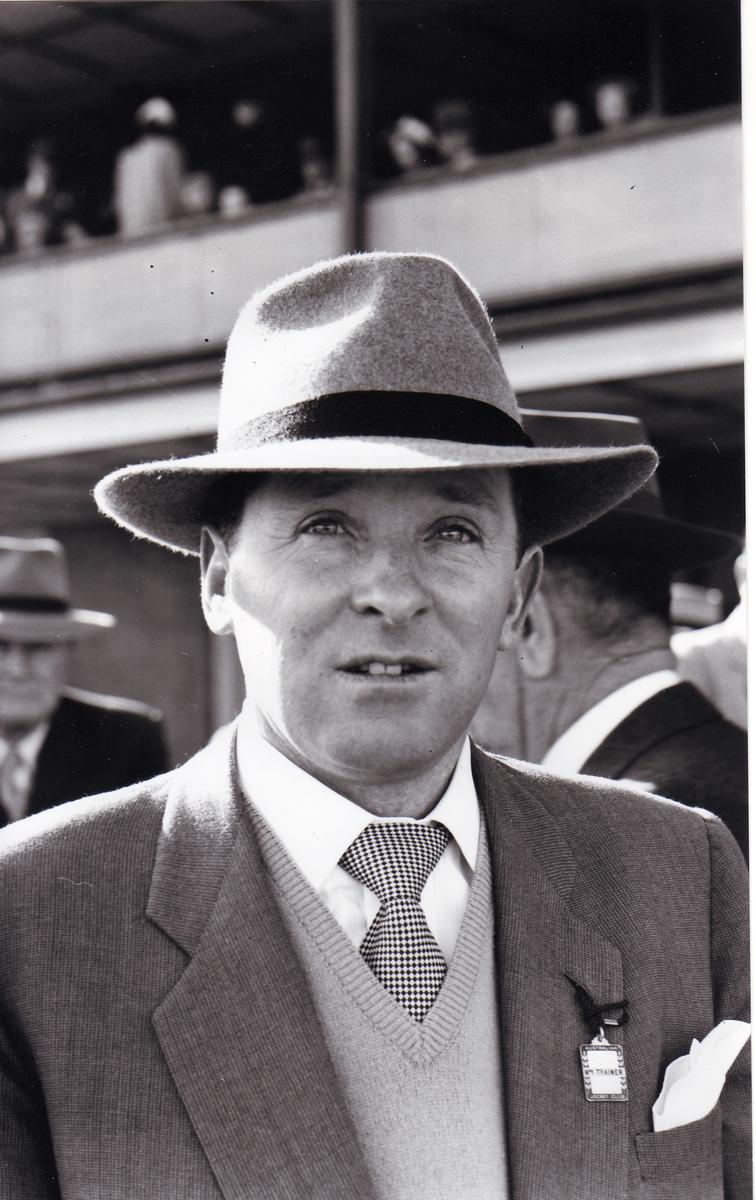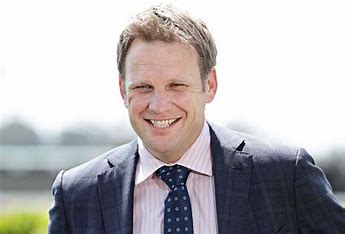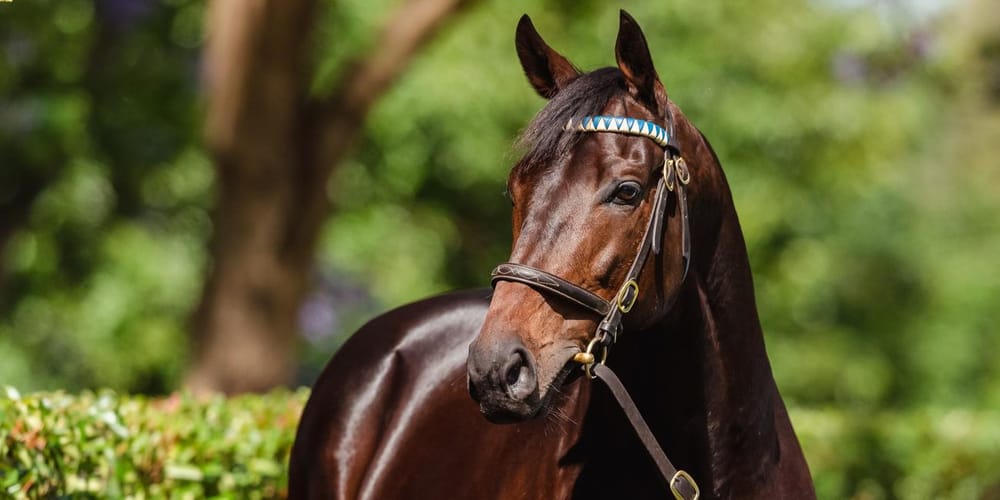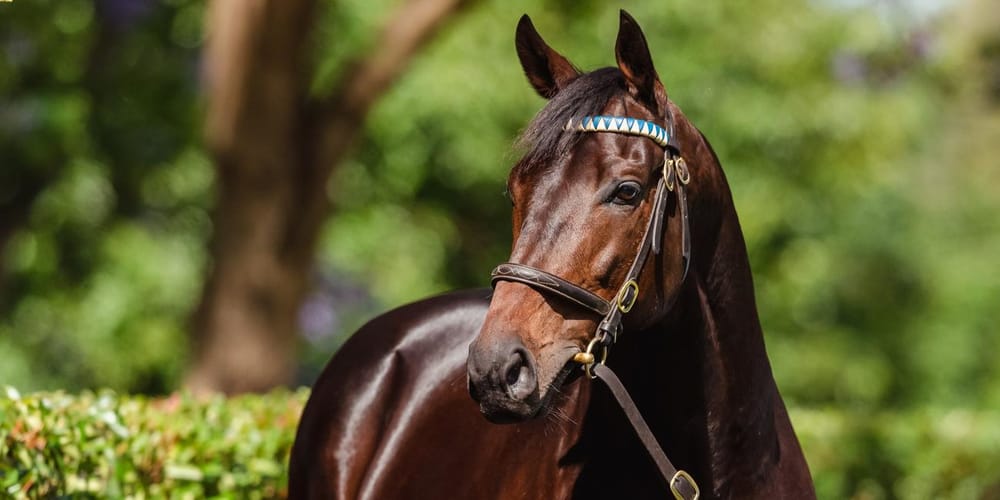Is it time to deregulate prizemoney splits?
By Straight Six Racing's Michael Ward
There is a general perception in the racing industry of a greater concentration of horses in NSW races being trained by a smaller group of leading trainers. The numbers would seem to back this up with the top 10 trainers' runners in NSW increasing 13.2% over the past 10 years, while their combined number of race wins has increased by 12.5%.
Why has this trend occurred and is there any chance of this reversing anytime soon? As things currently stand, I suspect this is something the industry will have to accept. There is no doubt that some trainers train better than others, just like some people perform better than others in all industries. Similarly, some trainers are better at running their businesses than others. However, would the competition amongst trainers be healthier if greater flexibility was introduced to allow them to fully compete on price?
As it currently stands, trainers broadly derive their income from two major sources, daily training rates and prizemoney splits. Yes, it is true that the leading trainers typically charge a higher daily training rate than their smaller peers, a right that they have earned and fairly deserve. However, the difference I would argue is not significant, especially when most horses these days are owned in partnership or through syndicates and the cost is split many different ways. In any event, the fixed daily training rate is generally viewed as being set at a level simply to offset operating costs like stable rent, staff wages, feed etc. The leading trainers, with a slightly higher daily rate, can afford to pay higher wages for quality staff and track riders, which can then assist in maintaining their competitive advantage.
The second major source of income for trainers is prizemoney splits. Currently, this split is fixed at 10% no matter whether you are the number one trainer in the country or a smaller trainer with only a handful of horses trying to make your way. What real incentive does an owner have to go with a smaller trainer when they forgo exactly the same 10% of prizemoney whether they go with a leading trainer like Chris Waller, Bjorn Baker, Ciaron Maher etc or a smaller trainer that has less resources at their disposal. Perhaps competition amongst trainers would be better served if trainers were able to negotiate directly with owners their percentage prizemoney split. This could work both ways. For example, a leading trainer may choose to offer their services for a 15% split of prizemoney which may be supported by owners motivated by historical results, while a smaller trainer may choose to offer a 5% split which may be supported by those owners motivated by price. Perhaps this would lead to some genuine competition in the training ranks in the fight to attract the quality horses (the drivers of higher future income) into their stables and provide the smaller trainers with some hope of seeing brighter days ahead.
The current income model for trainers entrenches stable dominance more than it possibly should. For example, the sustained excellence of Chris Waller has seen him win 15 consecutive Sydney metropolitan trainers’ premierships and good on him. Yet remember this is nothing new, the legendary Tommy Smith won 33 consecutive Sydney premierships back in his day. But is this a by-product of competition not being as great as it could be and would interest in the industry increase if the premiership race was a little less certain from year to year? Imagine for a second if the Brisbane Broncos or Collingwood won this many premierships in a row. Heaven forbid!
Introducing a little more elasticity into the pricing structure of trainers (and perhaps jockeys) may in the long-run provide a more robust and equitable training environment, giving smaller trainers the incentive that they need to stick to their trade, which is currently getting tougher, in the years ahead. This I would argue would be to the overall benefit of all industry participants.








